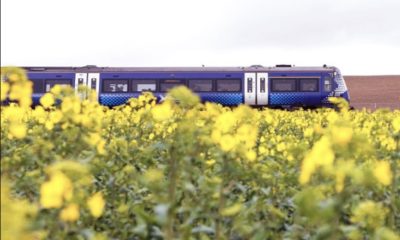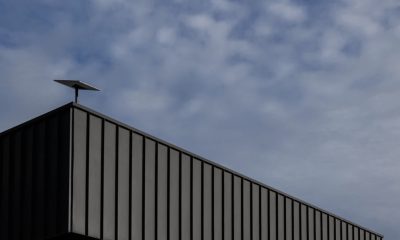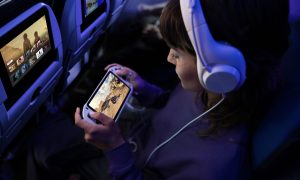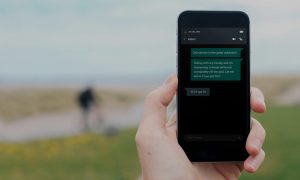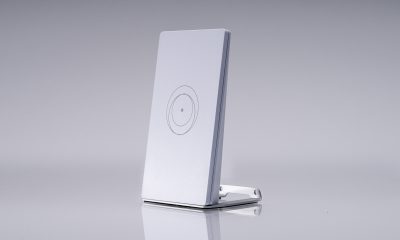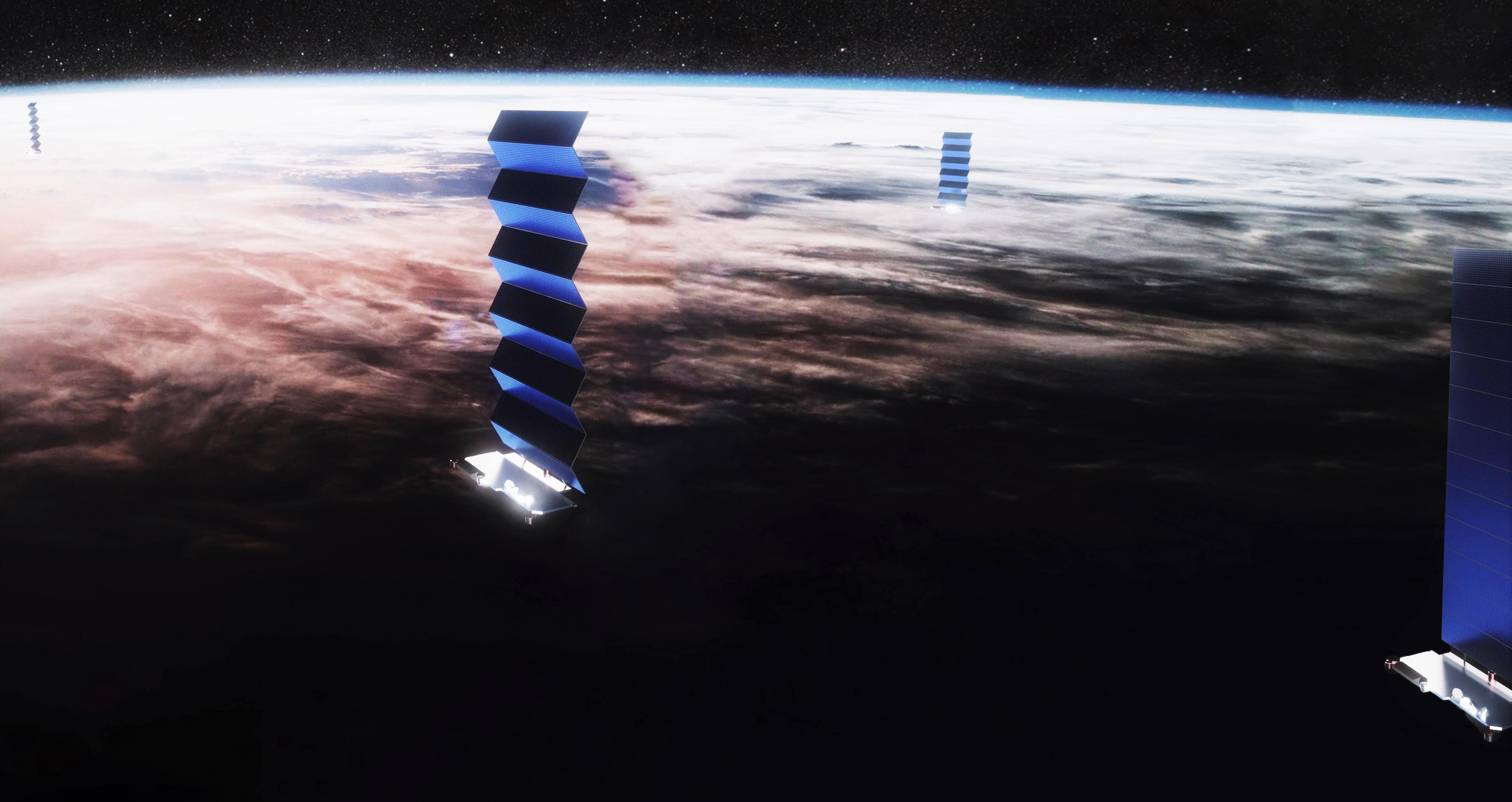

News
SpaceX’s Starlink satellite internet was tested by the US Air Force and the results are in
SpaceX President and Chief Operating Officer Gwynne Shotwell recently provided information about the company’s Starlink satellite internet constellation after a panel at the International Aeronautical Congress in Washington D.C. Shotwell spoke of a partnership with the U.S. military and just how far she believes Starlink is ahead of rival mega-constellation efforts.
While competitors are still developing very early prototypes and worrying about launch options, SpaceX has already launched 60 Starlink ‘v0.9’ satellite prototypes, 50 of which continue to successfully operate in low Earth orbit approximately half a year after launch. As part of a $29M contract awarded in late-2018, SpaceX is also working directly with the U.S. Air Force to test military applications of commercial space-based internet.
As previously reported by Teslarati, SpaceX was awarded a $29 million contract in December 2018 to collaborate with the U.S. Air Force Strategic Development Planning and Experimentation Office. Together, the organizations are testing potential military applications of Starlink satellite internet, as well as prospective constellations from other companies like Telesat.
From LEO to aircraft
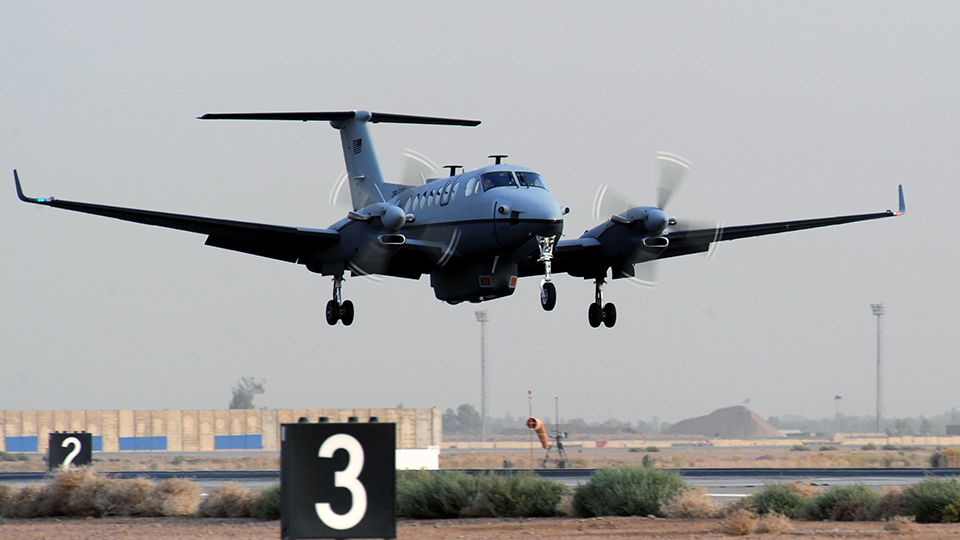
The technical viability and utility of beaming high speed, low-latency broadband internet directly into the cockpits of military aircraft is being tested under a program called Global Lightning. SpaceX has engaged the initiative and was awarded $29M to pursue development and testing, far more than any other contract recipient. In October 2019, SpaceX and the USAF began publicly discussing the latest results of that effort to test Starlink’s capabilities in the realm of in-flight connectivity. As reported by SpaceNews, SpaceX COO Gwynne Shotwell revealed that Starlink had successfully demonstrated a data link to the cockpit of a military aircraft with a bandwidth of 610 megabits per second (Mbps), equivalent to a gigabyte every ~13 seconds.
Following a previous speaking engagement on Oct. 15th at the Association of the U.S. Army’s annual conference, Shotwell and U.S. Army officials provided further insight regarding military applications of Starlink. Army officials spoke about the possibility of using Starlink satellite internet and other prospective constellations to support the military’s rapidly growing demand for high-speed communications.
During the panel with U.S. Army officials, Shotwell stated that “SpaceX is new to this forum and this service,” when addressing the possibilities that SpaceX could provide for the U.S. military. While working with the military is not a new concept to SpaceX, serving as a satellite communications provider would be unlike anything the company has yet attempted.
Up next, the USAF has plans to install Starlink terminals and test connectivity with an AC-130 gunship and a KC-135 tanker aircraft.
Falcon 9 to support frequent Starlink launches – customers and rocket reusability benefit
While Shotwell acknowledged the potential of a partnership with the US. military, she also noted that Starlink is first and foremost a commercial business meant to enhance the internet experience globally and nominally provide connectivity to anyone that wants it. She further noted that Starlink would remain an “additive to [SpaceX’s] business,” implying that it will not supersede SpaceX’s current launch service business.
Intriguingly, this is utterly counter to forecasts SpaceX has provided investors over the last several years, in which Starlink – if successful – would almost certainly come to produce one or two magnitudes more income than launch services ever could. Shotwell – speaking to a variety of US military (and Air Force) officials – may have wanted to avoid sending the message that SpaceX’s launch services business – crucial to the US military – might soon be absolutely dwarfed by Starlink revenue.
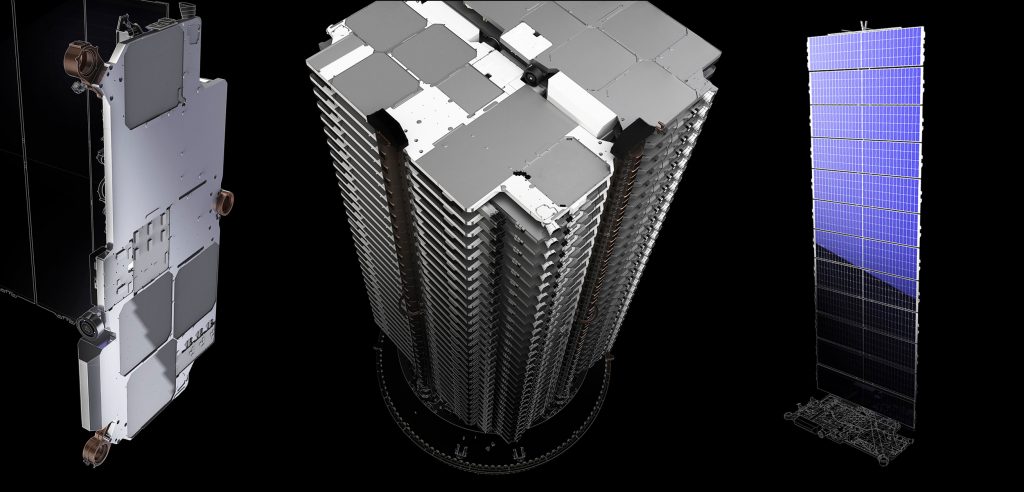
Previously hinted at by CEO Elon Musk, SpaceX hopes that revenue from Starlink will enable the company to independently fund the development and mass-production of its next-generation Starship launch vehicle, eventually enabling a permanent, large-scale human presence on Mars.
Currently, SpaceX’s Starlink plans involve several distinct phases, beginning with ~1500 satellites around 500km, another ~2900 around 1000 km, and an additional ~7500 in the 300-400 km range. Finally, SpaceX recently revealed even longer-term plans for Starlink that could involve launching up to 42,000 satellites, all in the name of expanding network coverage and bandwidth – pending, of course, consumer demand. To accomplish that feat, SpaceX will have to push rocket reusability to the absolute limits, beginning with Falcon 9 boosters and fairings and ultimately moving to Starship. According to Shotwell, “(SpaceX’s) intent is to use Starlink to push the capability of those boosters and see how many missions they can do.”
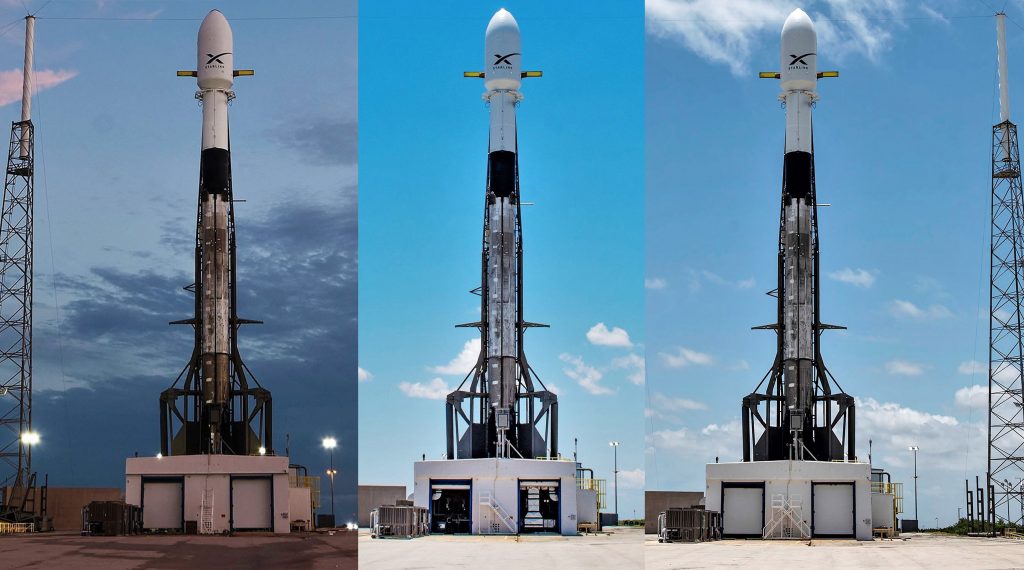
SpaceX’s next Starlink mission – also the company’s next mission and first launch in more than three months – will simultaneously attempt two new rocket reusability firsts, marking the first time that SpaceX has reused a Falcon payload fairing and the first time a single Falcon 9 booster has launched four times. Starlink-1 is scheduled to lift off no earlier than 9:55 am ET (14:55 UTC), November 11th.
Check out Teslarati’s Marketplace! We offer Tesla accessories, including for the Tesla Cybertruck and Tesla Model 3.
News
Tesla VP shares key insights on latest Optimus dance demos
Optimus’ dance demonstrations shocked quite a good number of Tesla followers.
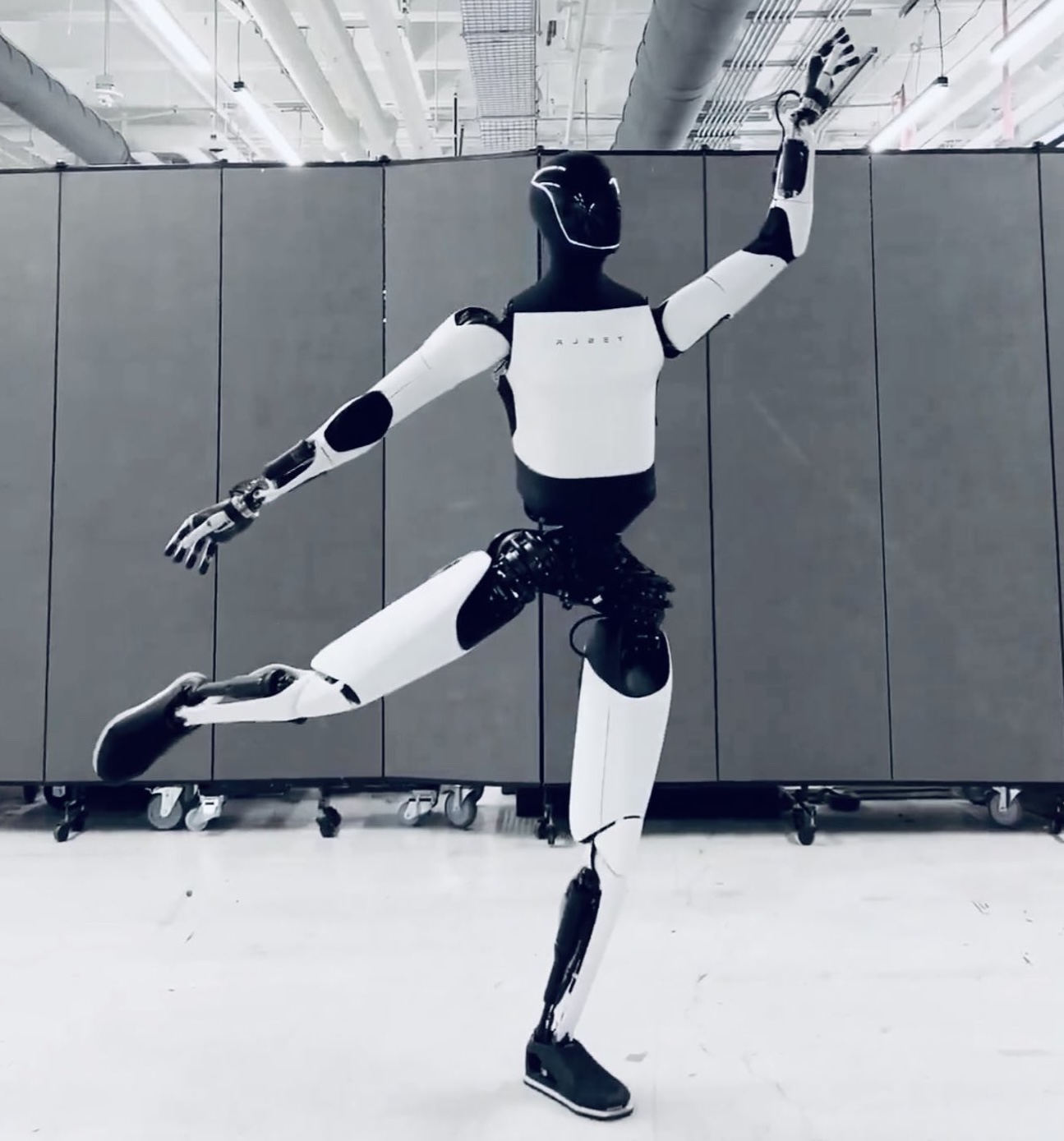
A Tesla VP recently shared some key insights about Optimus’ latest dance demonstrations. Tesla showcased Optimus’ dance moves in two demonstrations this week, with its second demo becoming a shock to many.
Optimus Demonstrations
Optimus’ initial demonstration this week featured the humanoid robot performing a number of rhythmic actions. As per Tesla Vice President of Optimus (Tesla Bot) Milan Kovac, the humanoid robot’s movements were trained in simulation. He also explained that the cable, which could be seen attached at the back of Optimus, was simply there in case of a fall.
Interestingly enough, a follow-up video demonstration featuring Optimus performing even more advanced rhythmic movements was posted by CEO Elon Musk on social media platform X on Tuesday. In this demo, Optimus could be seen performing ballet and modern dance moves. Unlike the previous demonstration, Optimus was completely untethered this time around. Elon Musk stated in a follow-up post on X that Optimus should eventually be able to do ballet movements perfectly.
What the Optimus VP Says
Kovac has provided some key insights on Optimus’ second demonstration for the week. As per the Tesla executive, the movements of the humanoid robot in the video were in real-time. The demonstration was also fully learned in simulation and zero-shot transferred to real without extra training.
“Here’s a little more, and no cables this time. It’s all real-time speed, zero CGI, fully learned in simulation & zero-shot transferred to real. Besides the fact that it’s fun, we had to make significant improvements to our robot model in Sim, domain randomization and other techniques which will directly transfer to more practical situations as well (robust walking, and agile full-body control in general).
“We also learned quite a few things on our hardware and tuned our power profile. I hope it is getting pretty clear that Tesla is much more than an amazing car (!) company: it’s the place to be for transformational real-world AI,” Kovac wrote in his post on X.
Cybertruck
Tesla Cybertruck police vehicles escort Trump motorcade in Qatar
The two Cybertrucks stood out in the motorcade, thanks to their iconic light bar and their imposing presence.
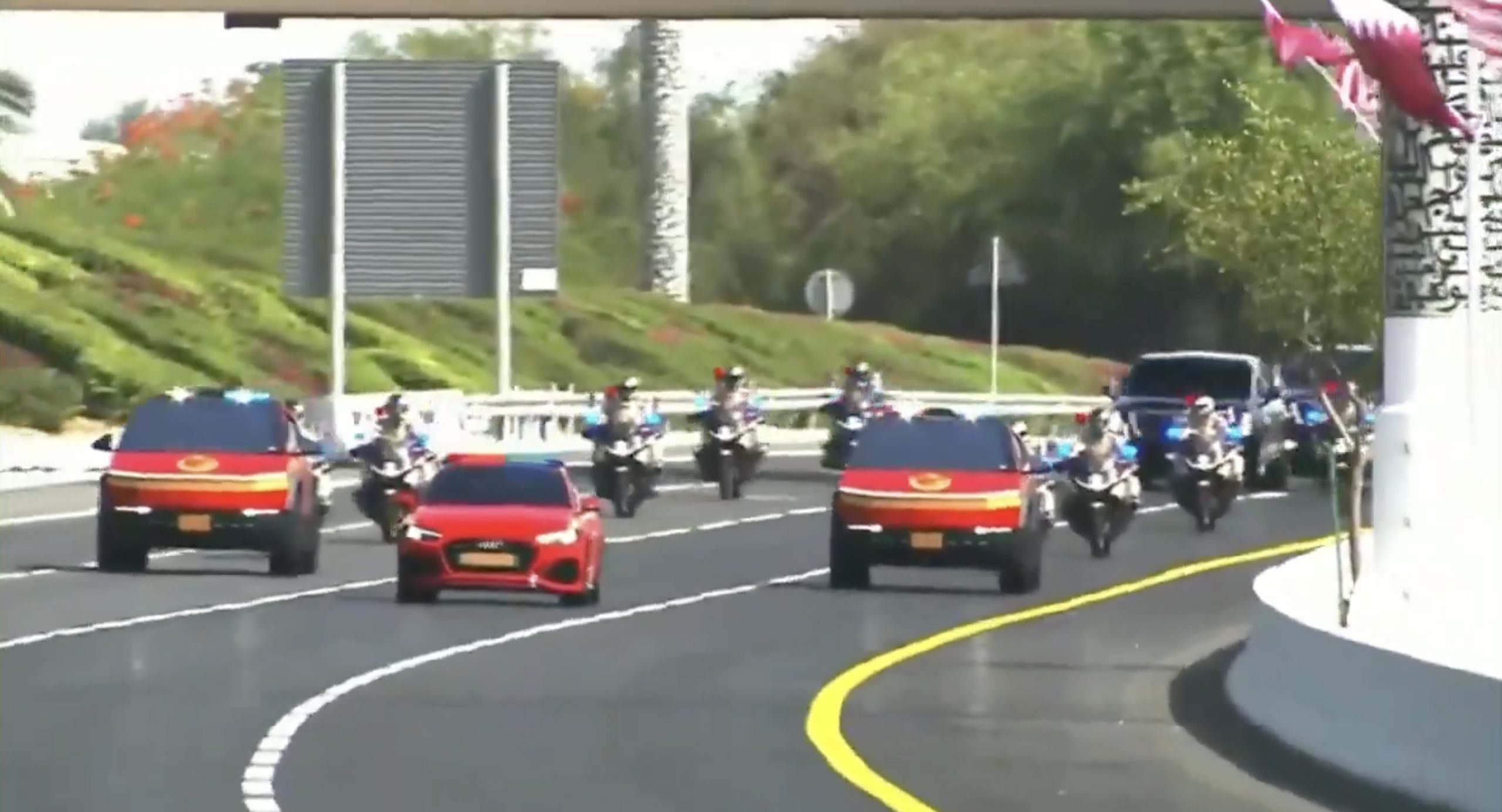
Two Tesla Cybertruck police vehicles accompanied United States President Donald Trump’s motorcade during his visit to Doha, Qatar’s capital, on Wednesday.
The two Tesla Cybertrucks stood out in the motorcade, thanks to their iconic light bar and their imposing presence.
Trump’s Qatar Visit
Qatar is the second of three Middle Eastern countries expected to be visited by Trump this week. So far, Trump has been received warmly, with Qatar providing Air Force One with an eight-fighter jet escort. Saudi Arabia, which hosted Trump and Tesla CEO Elon Musk earlier this week, also provided Air Force One with a six-fighter jet escort.
Qatar seemed determined to roll out the red carpet for the U.S. President, as hinted at by the curated police escort for Trump’s motorcade to the Amiri Diwan in Doha. Tesla CEO Elon Musk seemed excited to see his vehicles being used in the Middle Eastern country, writing “Cybertrucks escorting @POTUS!” on X.
Cybertrucks Police Vehicles in Qatar
Qatar seems to have a soft spot for the Cybertruck, even before Trump’s visit. In late December, social media posts from the country suggested that two Cybertrucks are being used as part of the Internal Security Force’s (Lekhwiya) patrol fleet. The futuristic all-electric pickup trucks have also been spotted in several other areas of the country.
The Qatar Ministry of Interior also posted a video featuring veteran Tesla tuner Unplugged Performance CEO Ben Schaffer, who noted that UP.FIT will be providing modified Cybertrucks for the country. As could be seen in the video, Unplugged Performance and the Ministry of Interior have signed a Letter of Intent to pave the way for UP.FIT Cybertrucks to be made for Qatar.
News
Elon Musk teases underrated Cybercab and Optimus business
The Cybercab’s design does seem to be tailor-made for a parcel delivery business.
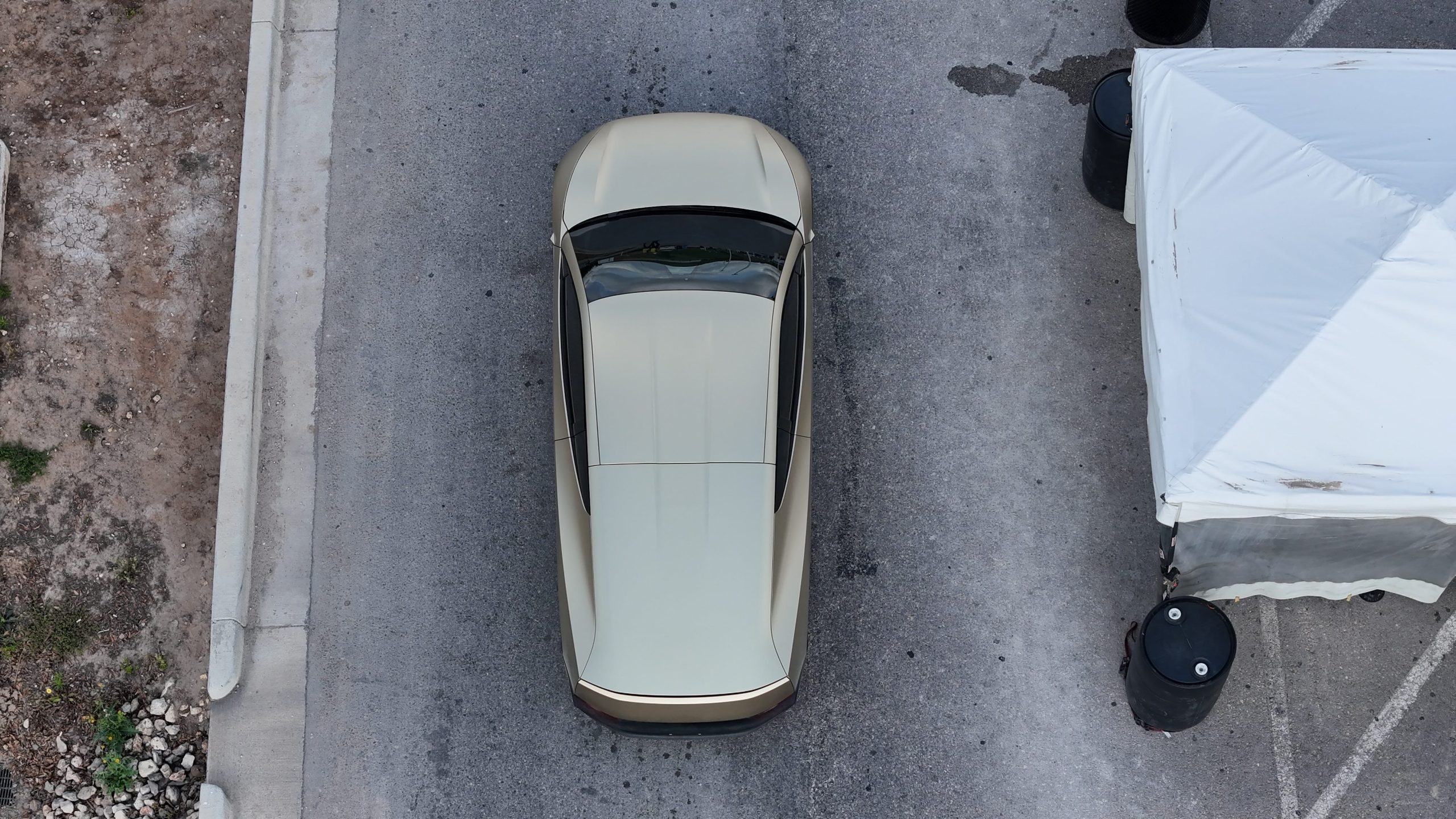
Tesla CEO Elon Musk recently responded positively to a rather underrated business idea for the Cybercab and Optimus.
While the Cybercab is designed for autonomous robotaxi services, the self-driving car, together with Optimus, could also operate as a completely different business.
Cybercab Haulers
Musk’s comment came as a response to financial markets researcher @alojoh, who noted in a post on X that the vast majority of Tesla’s Cybercab fleet will likely be inactive at night due to low transportation demand. During these periods, the robotaxis could be used as autonomous delivery vehicles that can be loaded by Optimus. The humanoid robot can even be inside the Caybercab to facilitate deliveries.
Elon Musk’s response was a simple “exactly,” but it does show that Tesla is considering other businesses that could expand the use of its two potential world-changing products. If one were to look at Tesla’s plans for the Cybercab and Optimus, after all, the idea of “dual use” robotaxis seems very feasible.
All The Necessary Parts
The Cybercab’s design does seem to be tailor-made for a parcel delivery business. The Cybercab is a small car and it only features two seats. It does, however, carry an extremely large trunk—quite too large for such a small vehicle, in a way. Tesla engineers previously stated that the space in the Cybercab’s trunk could be enough to fit two full-size carry-ons and two full-size checked bags at once, or even some bicycles. Needless to say, Tesla seems to have designed the Cybercab to be capable of carrying a lot of cargo–something that’s required for a parcel delivery business.
The Optimus robots that Tesla would have to deploy for this secondary business would not be much of an issue either, considering that the company is planning on building the humanoid robot in extremely large numbers. With Tesla producing millions of Optimus robots and Cybercabs every year, the company should be able to allocate enough resources to offer a reliable and safe parcel delivery service as well.
-
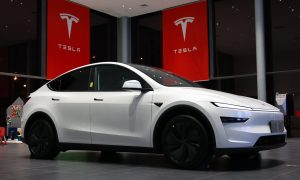
 News2 weeks ago
News2 weeks agoTesla offers legacy Model Y owners an interesting promotion
-
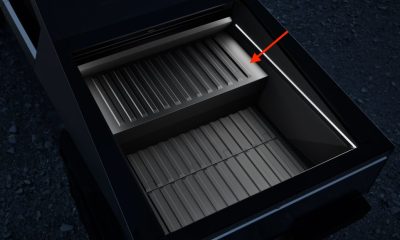
 News7 days ago
News7 days agoTesla Cybertruck Range Extender gets canceled
-
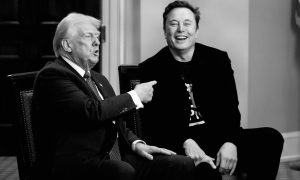
 Elon Musk2 weeks ago
Elon Musk2 weeks agoElon Musk is now a remote DOGE worker: White House Chief of Staff
-
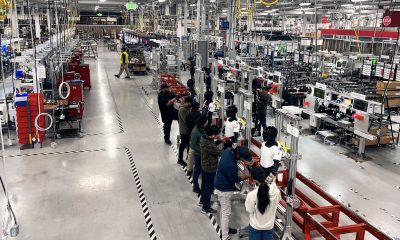
 News2 weeks ago
News2 weeks agoRobots like Tesla Optimus are a $5 trillion opportunity: analyst
-
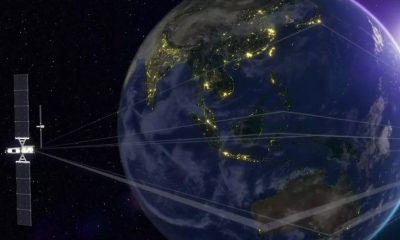
 Elon Musk2 weeks ago
Elon Musk2 weeks agoEU considers SES to augment Starlink services
-
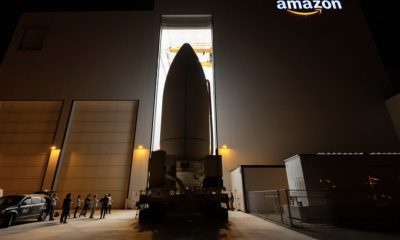
 News2 weeks ago
News2 weeks agoAmazon launches Kuiper satellites; Can it rival Starlink?
-
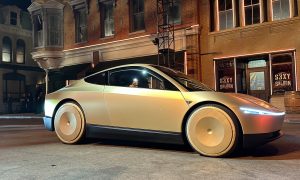
 Elon Musk2 weeks ago
Elon Musk2 weeks agoTesla preps for a Cybercab takeover of the Robotaxi platform after pilot program
-
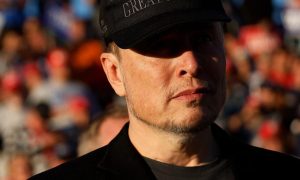
 Elon Musk2 weeks ago
Elon Musk2 weeks agoElon Musk gets 96% negative media coverage, worse than Trump: report




